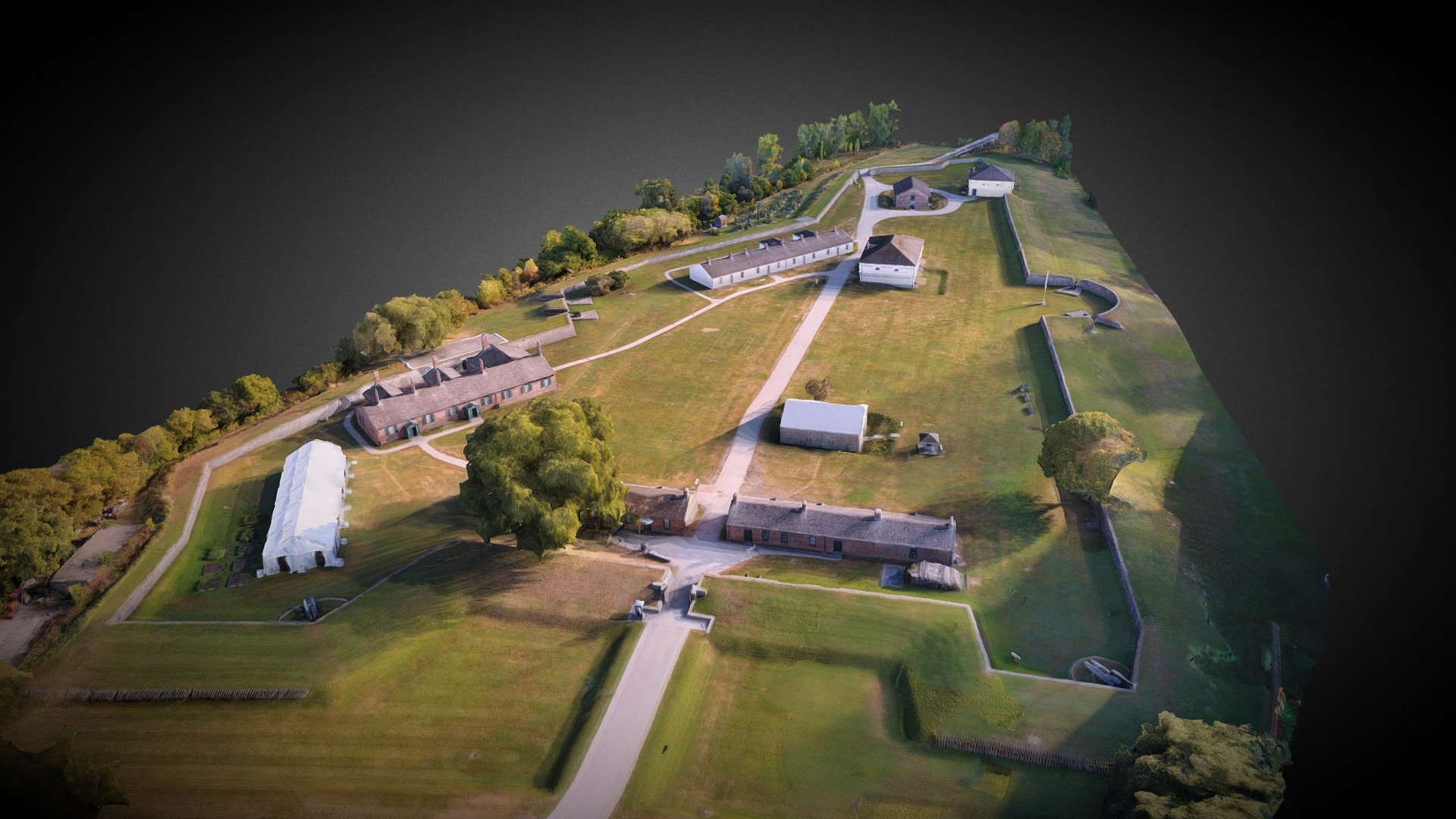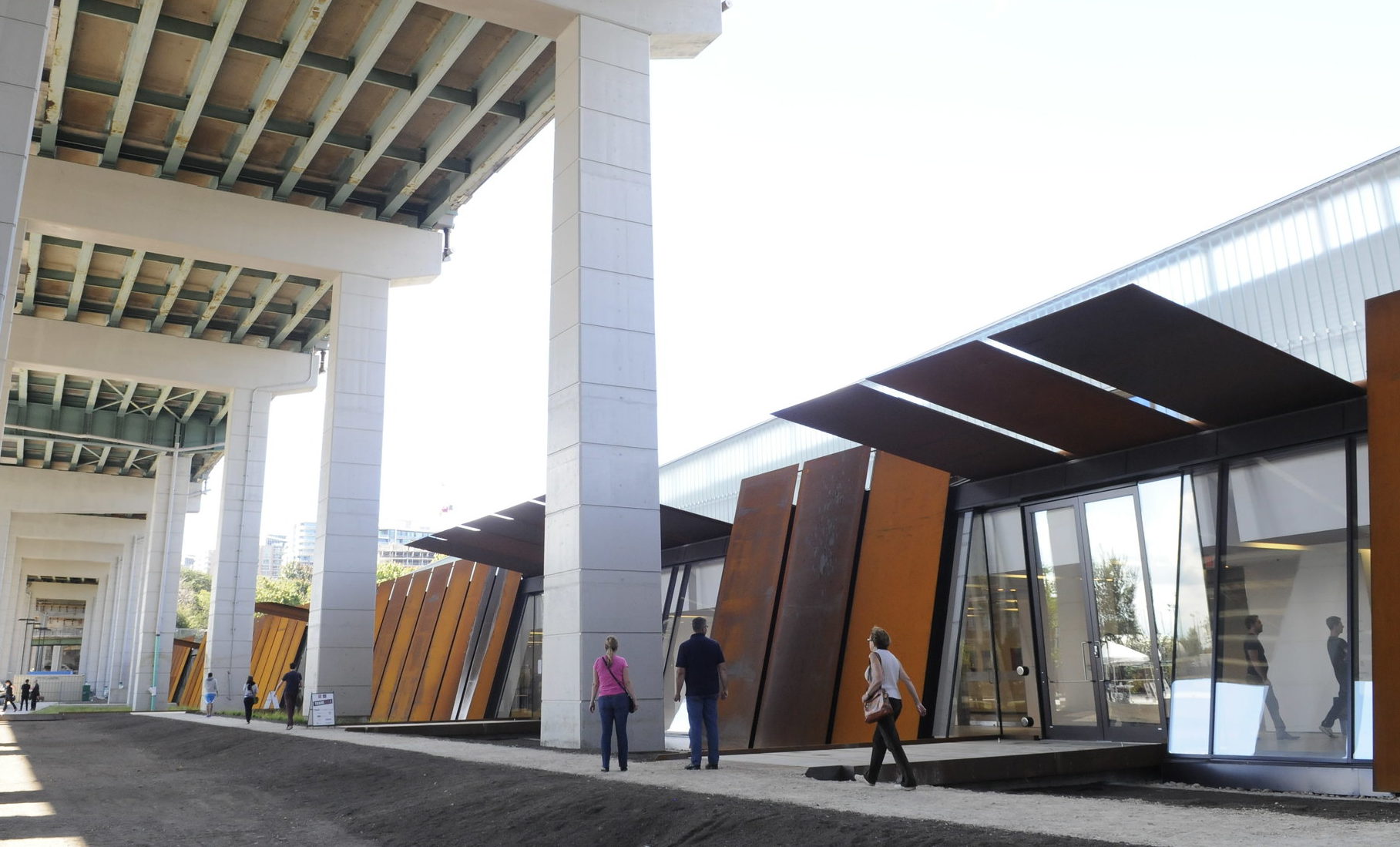Find the Heart of Ontario at Fort York National Historic Site Toronto
Find the Heart of Ontario at Fort York National Historic Site Toronto
Blog Article
Study the Fascinating Past of Ft York National Historic Website With Gallery Displays
Nestled within the heart of Toronto exists Fort York National Historic Website, a place where background comes to life via meticulously curated gallery displays. The artifacts and shows housed within the museum walls supply a window into the past, losing light on the pivotal function Ft York played in shaping the landscape of copyright.
Discover the Origins of Ft York
Snuggled within the vibrant city of Toronto, Fort York National Historic Site stands as a testimony to the very early military background of copyright. Developed in 1793 by John Graves Simcoe, the first Lieutenant Guv of Upper copyright, Fort York was tactically placed to safeguard the new settlement of York versus potential American invasions. The ft played a vital duty during the War of 1812, holding up against attacks by American forces in 1813.
The origins of Ft York mirror the tensions and disputes that formed early Canadian history. The decision to create the fort was driven by the demand to secure British rate of interests in The United States and copyright and protect a foothold in the area. The format of Fort York, with its defensive wall surfaces, barracks, and policeman quarters, showcases the army techniques of the time.
Visitors to Fort York can check out the beginnings of this historical website with directed excursions, interactive exhibitions, and informative displays. By diving into the beginnings of Ft York, visitors can acquire a deeper understanding of copyright's armed forces past and the challenges dealt with by early inhabitants in the region.
Uncover Military Life at the Ft

Living conditions for soldiers at Ft York were basic yet vital for survival. Barracks were straightforward structures that housed multiple soldiers, promoting camaraderie and a feeling of unity among the soldiers. The soldiers' diet regimen consisted primarily of assignments such as salty meat, bread, and beans, showing the usefulness of military provisioning during that age.

Check Out Aboriginal Perspectives and Artifacts
Diving into the historic story of Ft York National Historic Site exposes a rich tapestry of Native perspectives and artefacts that supply a distinct understanding right into the website's social importance. The Aboriginal presence in the area precedes the building and construction of the fort, highlighting a deep connection to the land and its history. Visitors can check out displays showcasing Indigenous artifacts, from tools and pottery to garments and art work, giving a glance into the every day lives and customs of the Native individuals that lived in the area.
Via these artifacts, visitors can get a much better understanding of the varied Aboriginal societies that have actually formed the location for centuries. Furthermore, interactive displays and expository panels offer valuable information on the historic interactions between Indigenous communities and European settlers, shedding light on the facility partnerships that have actually affected the growth of the area.
Witness the Battle of 1812
Checking out the historical events of the War of 1812 at Ft York National Historic Website discloses crucial minutes that shaped the site's importance in Canadian history. Throughout the Battle of 1812, Fort York played an important role as a calculated military outpost defending the town of York (now Toronto) and securing the entrance to the vital Upper copyright area. Site visitors can witness residues of this dispute via the marks left on the fort's structures by American barrages in 1813. The exhibitions at Fort York give birth to the experiences of soldiers and private citizens during this tumultuous duration, showcasing artifacts such Full Report as weapons, attires, and personal belongings that supply a look into every day life in an army ft. Instructional programs and interactive screens delve right into the methods employed, the impact on the neighborhood community, and the long lasting legacy of the battle on forming copyright's identification. By witnessing the Battle of 1812 at Fort York, site visitors gain a much deeper understanding of the sacrifices made and the strength revealed in defense of Canadian sovereignty.
Engage With Interactive Museum Displays
Throughout your check out to Fort York National Historic Site, engage on your own in the captivating world of history by involving with interactive gallery exhibits that vividly depict the tales and artefacts from the War of 1812. These innovative screens use a hands-on experience, permitting site visitors to engage with historic things and engage themselves on the occasions that shaped the fort's past.
One of the most interesting interactive exhibits is the substitute cannon firing experience. Visitors can step right into the footwear of a soldier throughout the War of 1812 and find out about the techniques and strategies utilized in battle. By operating a virtual cannon, guests gain a deeper understanding of the firepower included in historic conflicts.
Additionally, the interactive map display offers a dynamic way to discover the geographical value of Ft York throughout the War of 1812. Visitors can trace the motion of soldiers, recognize crucial battle locations, and value the ft's calculated setting within the broader context of the battle.
Involving with these interactive museum exhibits offers a vibrant and academic experience that brings background to life at Fort York National Historic Site.
Verdict
To conclude, the Ft York National Historic Site offers an exciting look into the past through its museum display screens. Site visitors can find out concerning the beginnings of the fort, military life, Indigenous viewpoints, and the Battle of 1812 (Fort York National Historic Site). The interactive displays offer a interesting and academic experience, permitting visitors to submerse themselves in the background of this significant website. Strategy a see to Ft York to explore the rich background and stories that are preserved within its wall surfaces.
Developed in 1793 by John Graves Simcoe, the initial Lieutenant Governor of Upper copyright, Fort York was purposefully positioned to defend the brand-new negotiation of York versus potential American invasions. Soldiers pointed at the ft followed a stringent routine that consisted of drills, guard duty, and maintenance tasks to maintain the ft functional.
Exploring the historical events of the Battle of 1812 at Ft York National Historic Website discloses pivotal moments that formed the website's value in Canadian history. During the Battle of 1812, Ft York played an essential function as a calculated military station safeguarding the community of York (now Toronto) and protecting the entryway to the important Upper copyright region. The exhibitions at Fort York bring to life the experiences of soldiers and private citizens throughout this turbulent duration, showcasing artefacts such as tools, attires, and individual items that offer a glimpse into daily life in a military fort.
Please visit one of our local supporters - Profix Macbook Repair Services Toronto
Report this page